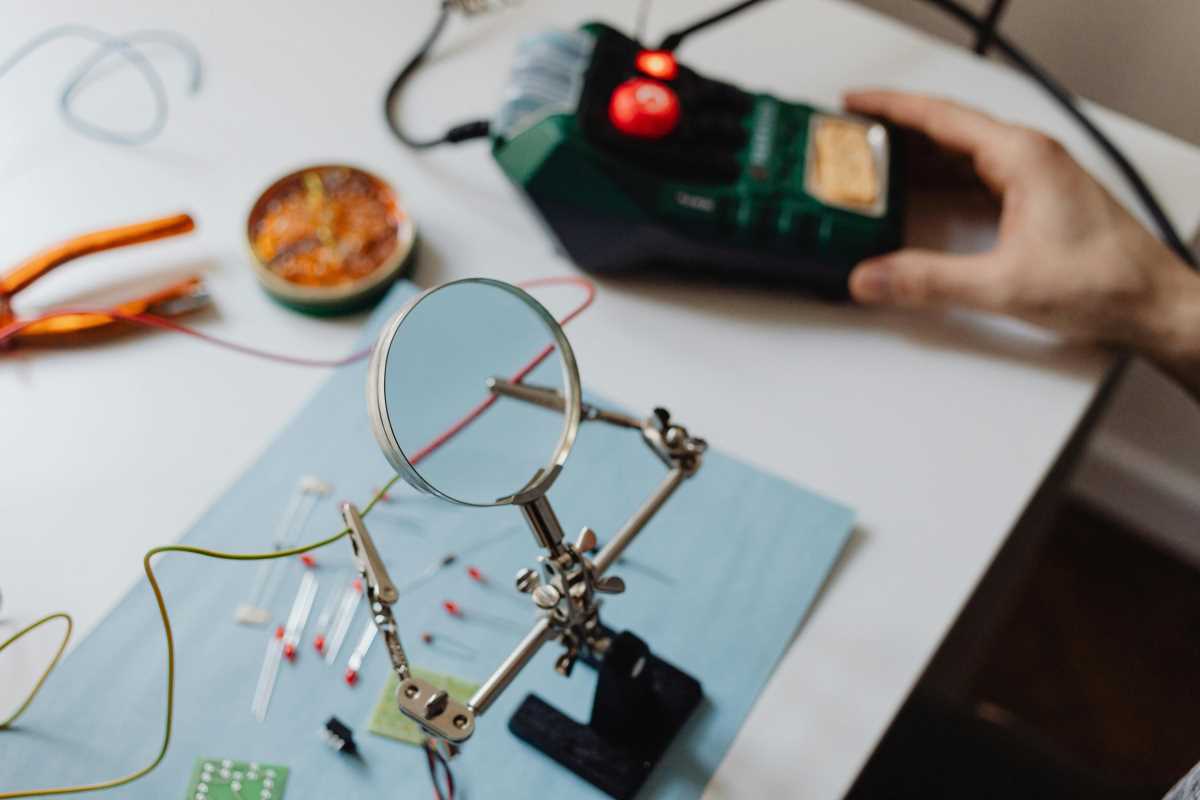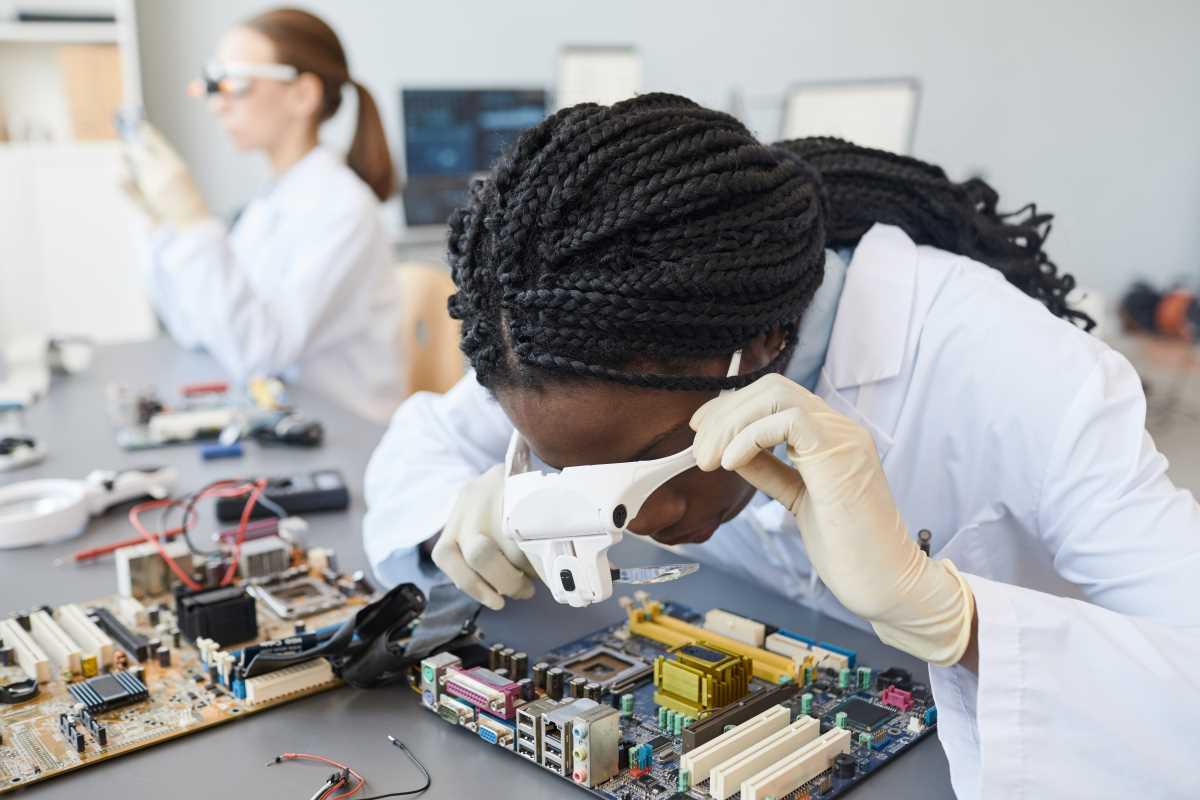Building your own microscope at home is not only a rewarding DIY project but also a fantastic way to dive deeper into the fascinating world of biology. Curiosity often drives us to explore beyond the pages of a textbook, and constructing a homemade microscope provides an exciting opportunity to turn that curiosity into practical discovery. This project allows learners of all ages to engage with science in a meaningful, hands-on way, transforming abstract biological concepts into observable phenomena.
Whether you're a student aiming to reinforce classroom knowledge or simply someone intrigued by the unseen details of everyday objects, making a microscope at home invites exploration and creativity. Unlike store-bought devices, a DIY version fosters a sense of ownership and achievement, encouraging deeper interest and long-term engagement with science. It also serves as a budget-friendly educational tool that introduces the principles of optics and observation. Best of all, this experience helps bridge the gap between learning and doing, empowering you to explore the microscopic world using materials you likely already have at home.
Understanding the Basics of Microscopes
Microscopes serve as essential instruments in biology, allowing us to observe structures that remain invisible to the naked eye. They have changed our understanding of life, from the tiniest cells to complex organisms. Before diving into building your own, it's helpful to grasp the fundamental components that make microscopes work.
- Objective Lenses: These lenses sit closest to the specimen and provide the initial magnification.
- Eyepiece: Also known as the ocular lens, it further magnifies the image produced by the objective lenses.
- Stage: The flat platform where you place the specimen for viewing.
- Light Source: Provides the necessary illumination to view the specimen clearly.
- Focus Mechanism: Adjusts the distance between the lenses and the specimen to achieve a sharp image.
Materials Needed for Your DIY Microscope
Gathering the right materials proves crucial for successfully building your DIY microscope. Here's a comprehensive list to get you started:
- Lens: A convex lens with at least 10x magnification.
- LED Light: A small LED flashlight or light source.
- Cardboard: Sturdy cardboard boxes to construct the microscope body.
- Glue: Strong adhesive to secure components in place.
- Ruler: For precise measurements during assembly.
- Scissors or Craft Knife: To cut the cardboard accurately.
- Clear Tape: To reinforce connections and hold parts together.
- Smartphone or Camera: Optional, for capturing images through your microscope.
Step-by-Step Guide to Building Your DIY Microscope
Now that you have your materials ready, let's walk through the process of assembling your microscope:
- Construct the Base: Cut a stable base from the cardboard. Ensure it's large enough to support all components without wobbling.
- Mount the LED Light: Attach the LED light to the base, positioning it to shine directly onto the specimen stage.
- Create the Specimen Stage: Cut a flat piece of cardboard to serve as the stage. Make a hole in the center to place your slides.
- Assemble the Lens Holder: Construct a holder for the convex lens above the stage. Use glue and tape to secure it firmly.
- Install the Eyepiece: Position the eyepiece at the top of your microscope. If using a smartphone, ensure the camera aligns with the eyepiece for optimal viewing.
- Add the Focus Mechanism: Create a simple focusing system using sliding cardboard pieces that allow you to adjust the distance between the lens and the specimen.
- Secure All Parts: Double-check all connections and reinforce them with clear tape or glue to ensure stability.
- Test Your Microscope: Place a sample under the stage, turn on the LED light, and adjust the focus to view your specimen clearly.
Tips for Using Your DIY Microscope
To make the most out of your homemade microscope, consider the following tips:
- Use Clear Samples: Start with transparent or thinly sliced specimens to achieve the best clarity.
- Adjust Lighting: Experiment with different lighting angles and intensities to enhance visibility.
- Steady the Microscope: Place your microscope on a flat, stable surface to prevent shaking during observation.
- Clean the Lenses: Regularly wipe the lenses with a soft cloth to maintain clear images.
- Experiment with Magnification: Swap out lenses with different magnification levels to see how they affect your view.
- Document Your Findings: Keep a journal of your observations to track your discoveries and improvements.
Enhancing Biology Learning at Home
A DIY microscope offers a hands-on approach to exploring biology right from your home. You can conduct various experiments, such as examining plant cells, observing microorganisms in pond water, or studying the intricate structures of household items. By engaging directly with the microscopic world, you deepen your understanding of biological concepts and spark a lasting interest in science. Integrating tools like 3D printing technology revolutionizing middle school science labs can further enhance your learning experience by providing customized components and innovative ways to visualize complex biological systems.
Creating a microscope at home offers a fun, low-cost way to explore biology and gain a hands-on understanding of the world around you.
 (Image via
(Image via





